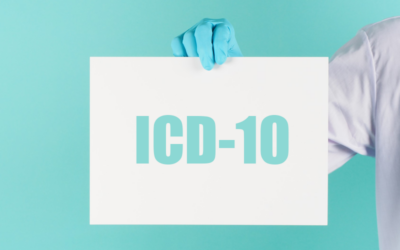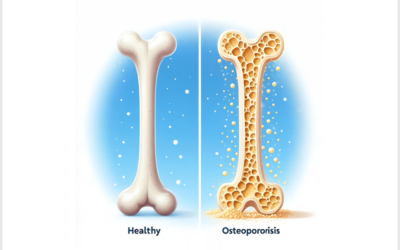Many healthcare organisations and small practices are facing difficulties such as escalating costs, fewer reimbursements etc in the transition to ICD-10. In-house medical billing and coding can be...
Using G-codes for Lower GI Endoscopy Procedures in 2015
Since the Centers for Medicare and Medicaid Services (CMS) delayed the implementation of the revaluation of lower GI endoscopy codes in the Medicare Physician Fee Schedule (MPFS) Final Rule for...
Squamous Cell Carcinoma – ICD-10-CM Coding Review for Medical Coding
Cutaneous squamous cell carcinoma (SCC) is a malignant neoplasm that develops from squamous epithelial cells and is one of the most common forms of skin cancer. It can spread to other areas of the...
ICD-10 Coding for Palliative Care
The transition to ICD-10 coding in 2015 will be crucial for palliative care units since a large portion of their reimbursement are diagnosis driven. Palliative care ensures early identification,...
Osteoporosis Coding in 2015 – An Overview
Osteoporosis is the most common bone disease that involves abnormal loss of bony tissue resulting in fragile or porous bones. According to the National Osteoporosis Foundation (NOF), two million...
2015 Early Release Vaccine Codes and Proper Coding for Vaccinations
As the current flu season worsens, accurate vaccine coding is necessary for effective medical billing and accounting of services provided. Since influenza is constantly developing new viral strains,...
Medical Coding for Burns in the Emergency Department
It is very important to remain very cautious when coding for burns in an emergency setting. This is mainly because the medical coding rules and regulations for burn care are complex, are subject to...
Coding, Documentation and Billing for LFU Wound Care Management
Low-frequency ultrasound (LFU) wound care management involves the use of non contact ultrasound to treat chronic wounds such as pressure ulcers, diabetic foot ulcers, post-surgical wounds, burns and...
ICD-10 Changes for Primary Care and its Benefits
ICD-10 with its increased specificity ensures more accurate data and better patient care as a result. The new coding system will allow primary care physicians to document chronic conditions and...









